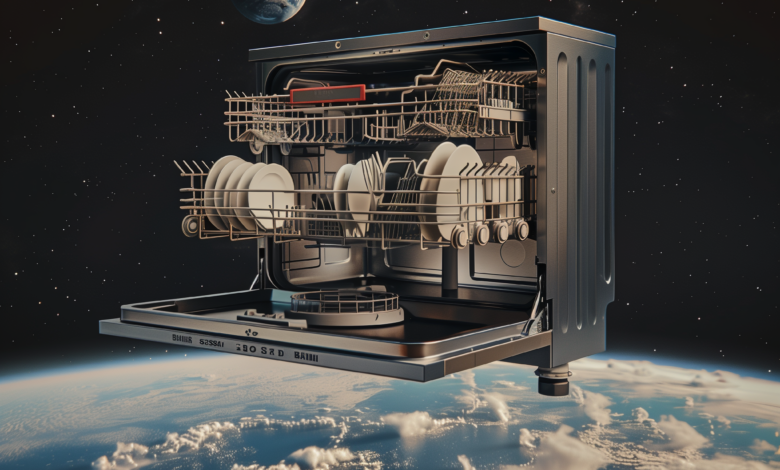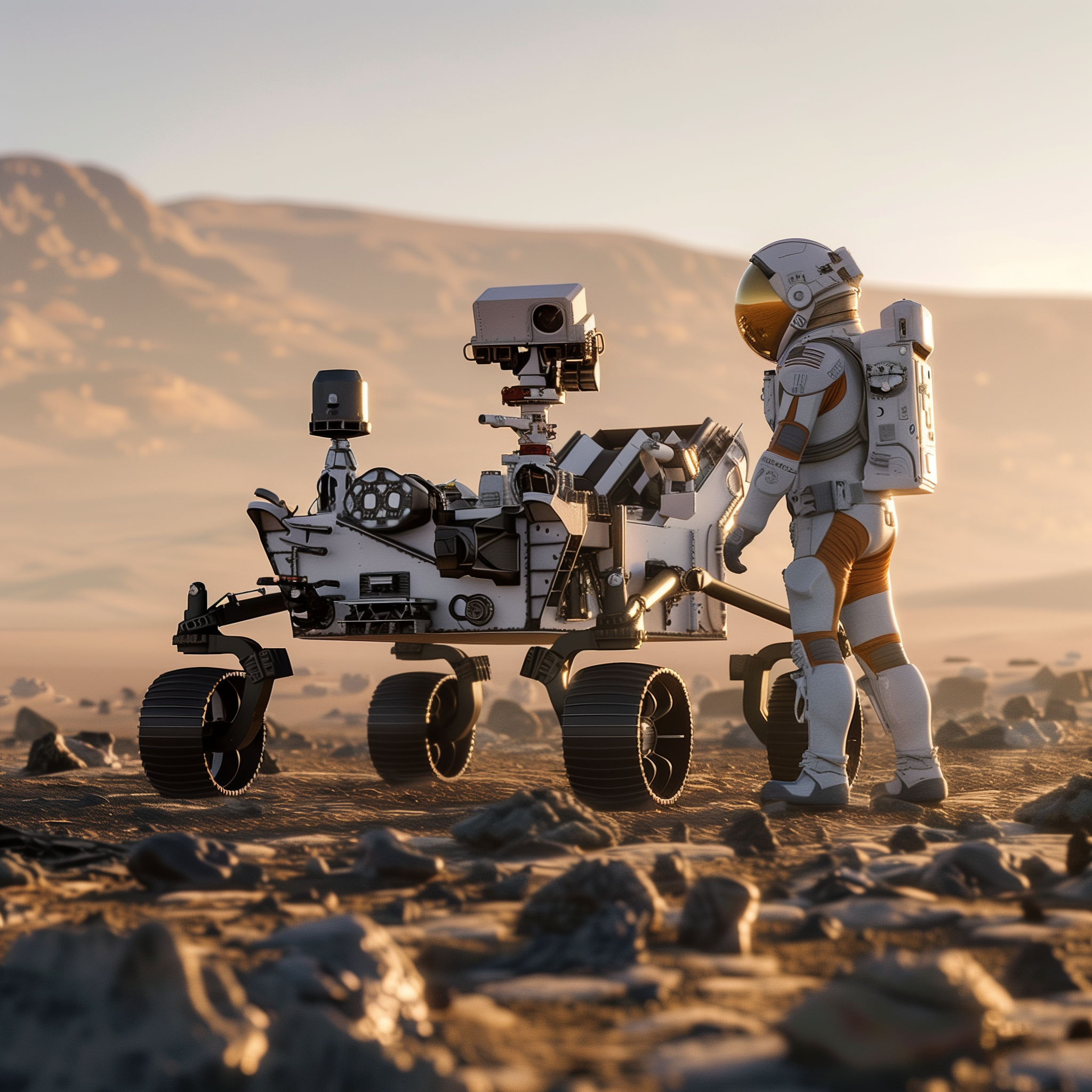
From dishwashers to exploration of Mars – 10 women inventors who dared to dream
by Eva Pascoe
In the realm of innovation, women were often on the back foot, hindered by numerous pregnancies and no access to engineering education. Even when they managed to overcome the challenges, they were then overlooked and overshadowed by their male co-inventors. But despite the efforts to wash women out of innovation history, the tradition of female inventions goes back long way. Initially, women were focused on getting improvements around the house, creating the first dishwasher – a life-changing device for women, designed by Josephine Cochrane in 1886. She went on to develop a large business as her company grew into ubiquitous KitchenAid. Another early innovator was a pioneering rancher, Mary Anderson, who noted that it was dangerous to stop the car and to come out to clear the snow manually from the front window. She engineered the first windscreen wiper with blades, which the driver could control by levers located inside of the car. The convenience of it in wet and snowy areas was seen as magic and her design, launched in 1903 quickly caught on becoming a standard for all cars.
Beyond house and travel inventions, women contributed hugely to progress in health care. Marie Sklodowska-Curie, my compatriot from Poland, pioneered the study of radioactivity, essential in cancer treatment today. She was followed by Rosalind Franklin, who produced the first clear image of DNA molecule, revealing double helix. Rosalind’s work was used by Watson & Crick, who didn’t give her due credit, not a rare example of male inventors taking all the accolades. More recently, Naomi Bar-Yam lead development of mobile breast pumps, and established Milk Banks to help women with donor milk when they can’t breastfeed by themselves.
Necessity is the mother of inventions, and the arrival of wars motivated women to come up with new tools. One of less known but deserving female inventors is Henrietta Vansittart, inventor of high efficiency ship propeller, helping warships to travel faster, smoother, while using less fuel. Her grant for the patent was successfully registered in 1869. On my list she is closely followed by a pioneer of electrical engineering, Caroline Haslett, who was overseeing electrical engineering training during the WW1, and was awarded for her leadership by becoming the first Vice President of Royal Society of Arts (a very male club at that time). You can read more about Caroline in a fascinating book by Hen Heald “Magnificent Women and their Revolutionary Machines”.
Another remarkable woman who saved thousands of soldiers’ lives with her invention was Hertha Ayerton, creator of a hand held anti poisonous gas fan for the war in trenches. She was a mathematician, engineer, a physicist as well as a suffragette, leading engineering progress and driving a much-needed change in British society.
Making bulletproof vests significantly more effective was the area of focus for Stephanie Kwolek, who invented a new strong and lighter fibre Kevlar, made of unique polymer compound. Bulletproof vests and helmets made of Kevlar saved thousands of serving soldiers but also protected lives of charity workers, journalists, and many others operating in growing theatres of war worldwide.
Few people know work of Akshata Krishnamurthy, who co-designed Perseverance rover, which landed on Mars in 2021. She is currently designing campervan-like rovers for manned, multi-days research sorties for the next Moon mission.
This formidable bunch of women inventors defied societal norms, challenged the status quo, often taking large risks, showing that ingenuity has no gender. They revolutionised their respective fields and paved the way future generations of female engineers. As we rise a glass of prosecco for all our female heroes, let us celebrate their achievements and continue to challenge for more opportunities in all fields of engineering and inventions.
Happy Women’s Day to all!






